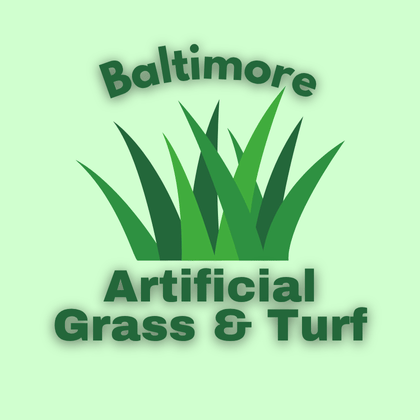FAQs about Artificial Turf
What is artificial turf?
Artificial turf—also called fake grass or imitation grass—is a man-made surface created to replicate the appearance and texture of natural grass. It’s made from durable synthetic fibers designed to look and feel just like the real thing, without the maintenance.
How is artificial turf made?
Artificial turf is usually constructed using synthetic fibers like polyethylene or polypropylene, which are designed to replicate the look and texture of real grass. These fibers are attached to a backing layer for support, and infill materials such as sand or rubber granules are added to help with stability, cushioning, and drainage—creating a long-lasting and realistic surface.
What are the benefits of artificial turf over natural grass?
Artificial turf offers many advantages, including low maintenance, significant water savings, and long-lasting durability. It stays green year-round, doesn’t require mowing, pesticides, or fertilizers, and holds up well in all types of weather—providing a consistently clean and attractive appearance.
Is artificial turf safe for children and pets?
Yes, artificial turf is designed to be safe for both kids and pets. It's made from non-toxic materials, and many options include added features like cushioning or antimicrobial protection for extra safety and cleanliness. Choosing high-quality turf and following proper installation and maintenance guidelines helps ensure a safe and worry-free environment.


